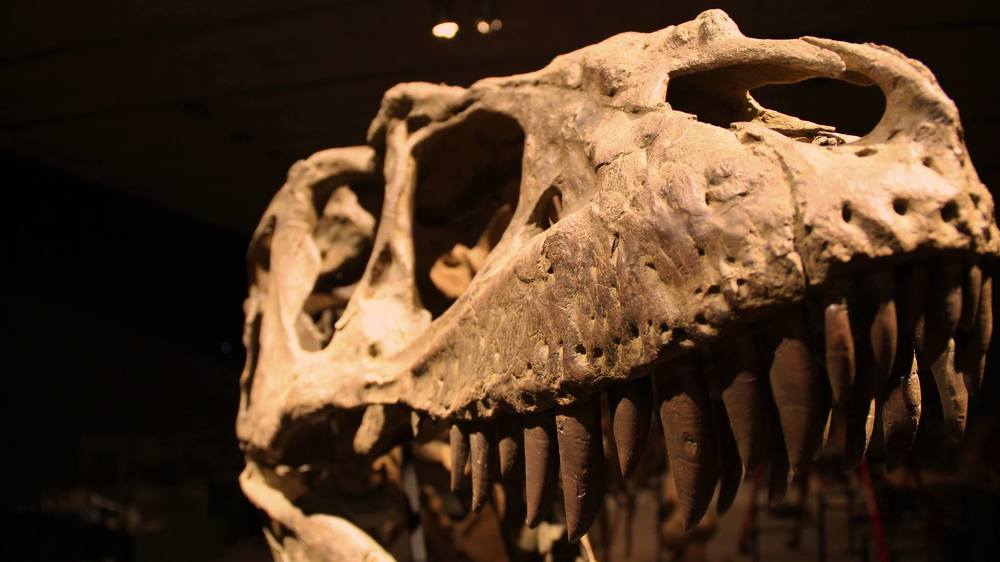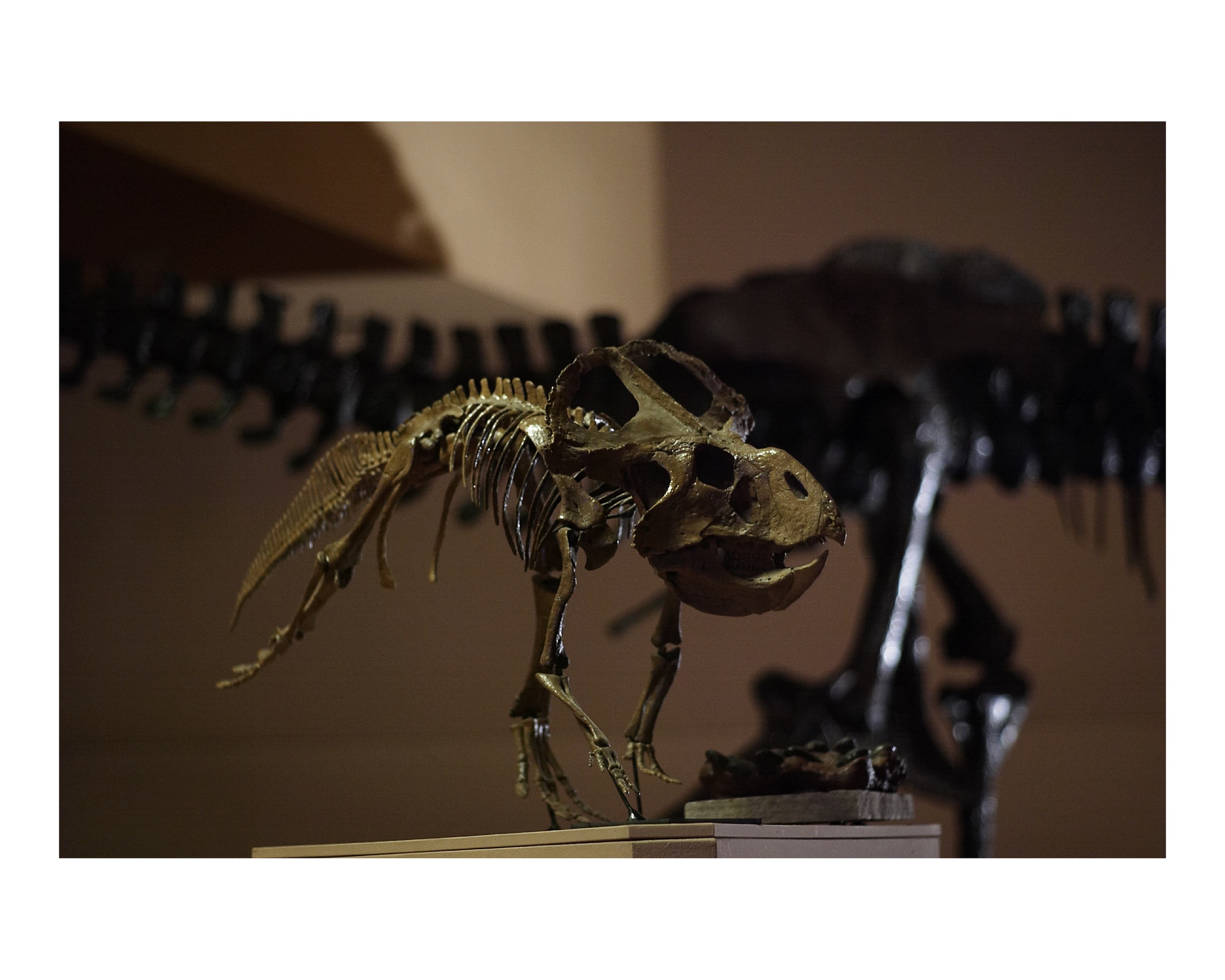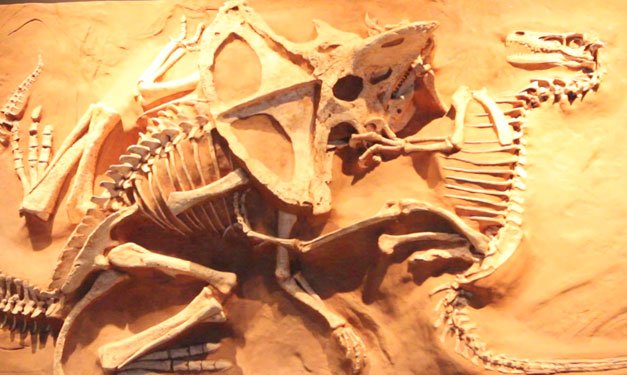Protoceratops andrewsi has captivated the human imagination since their skeletons were first noticed by the ancient Sythian culture in asia as early as 600 bc. Many folklorists and researchers believe that the mythological "griffin" described by the ancient greeks is based upon fossils discovered by the ancient nomads in central Asia. The myths about this creature describe the beast as having 4 legs like a lion, large claws and bird-like face with complete with a beak. Greek writings from 675 bc describe the Griffin as guardians of the treasure buried in the rocks of the sandstone cliffs of central Asia where fossils of Protoceratops- a quadarapedal dinosaur with a prominent beak have been found for centuries.
In the early 1920's the first American scientific expeditions into Mongolia revealed important discoveries of these and other dinosaurs including the first Dinosaur eggs ever found. rotoceratops andrewsi is named to honor one of the first paleontologist in the region and the director of the American Museum in New York City, Roy Chapman Andrews.
In more recent decades a fossil specimen of this early ceratopsian dinosaur was discovered in the gobi which preserves a Protoceratops locked in mortal combat with a Velociraptor mongoliensis.
We offer multiple specimens of this dinosaur in various poses, including a replica of the famous 'fighting dinosaur' fossil discovered in the 1970's










